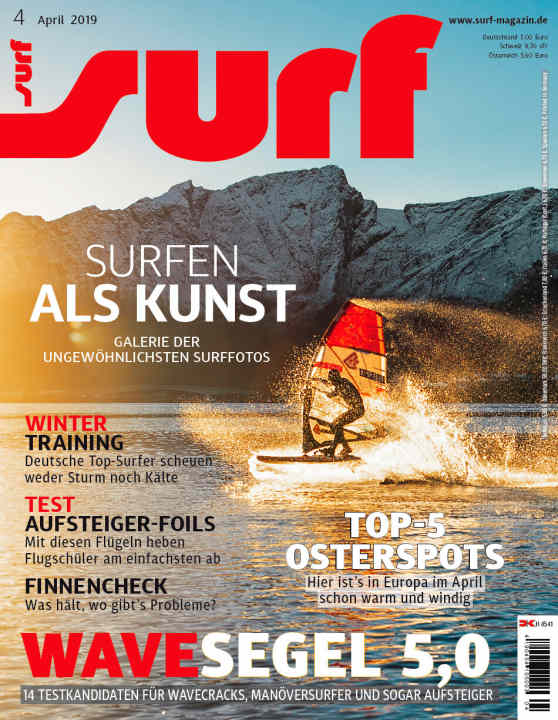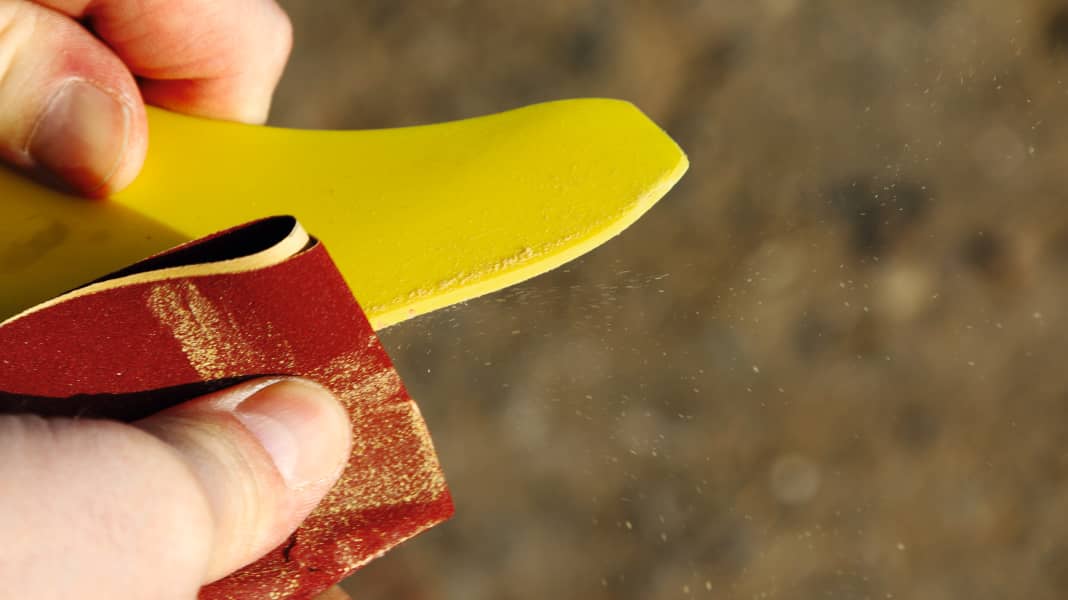
Correctly repairing fins - this is how it's done!
If your fin has kissed the rocks, it doesn't have to be the end. Find out how to repair windsurf board fins quickly and easily in our workshop.
Important:All fin materials contain glass fibre and/or epoxy resin - materials that are very unhealthy. You should therefore use respiratory protection when sanding and it is best to work outdoors.
In general, you will need the following for the repair:
- Dust mask
- Sandpaper (120 to 200 grit)
- Sharp cutter knife
- Superglue & filler (ideal is Ropid 100 from Toolcraft and the matching filler, available online for 4 euros each)
- Possibly screw clamp
And this is how it's done!
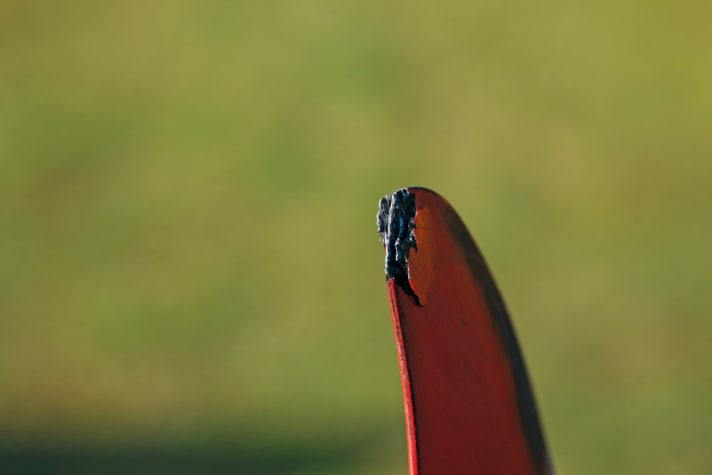
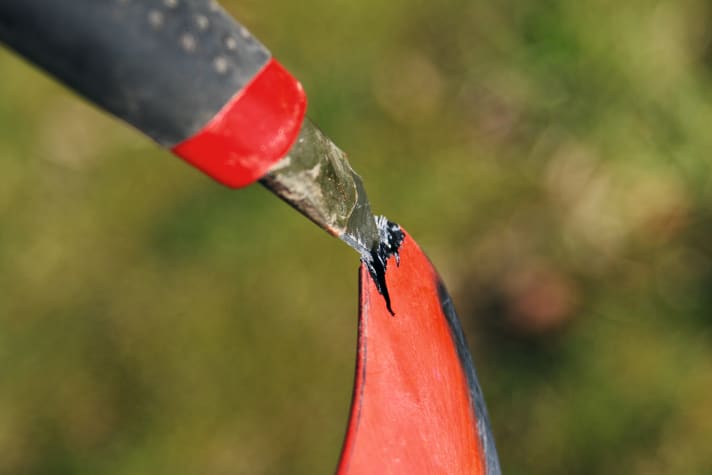


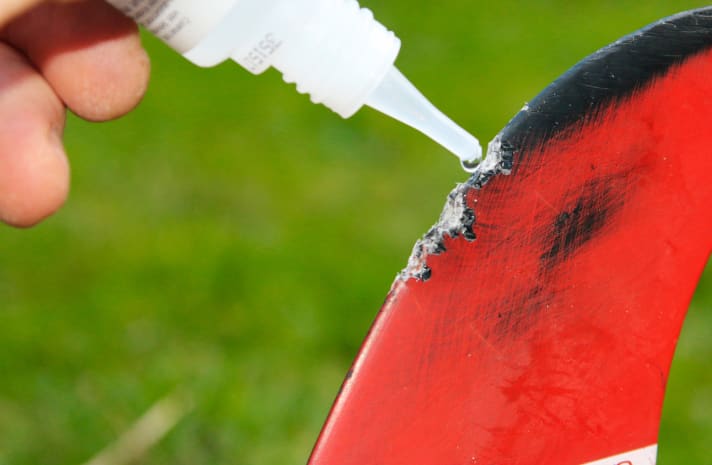
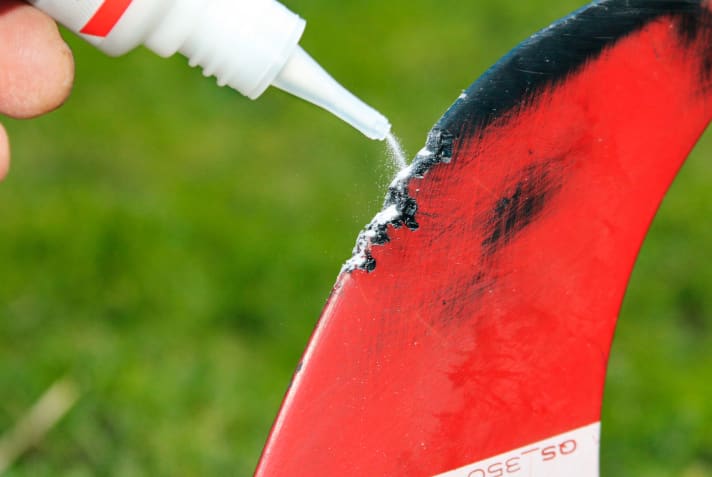
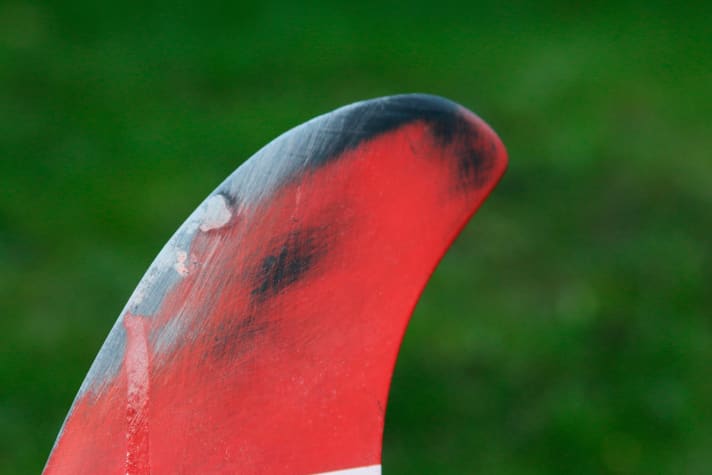
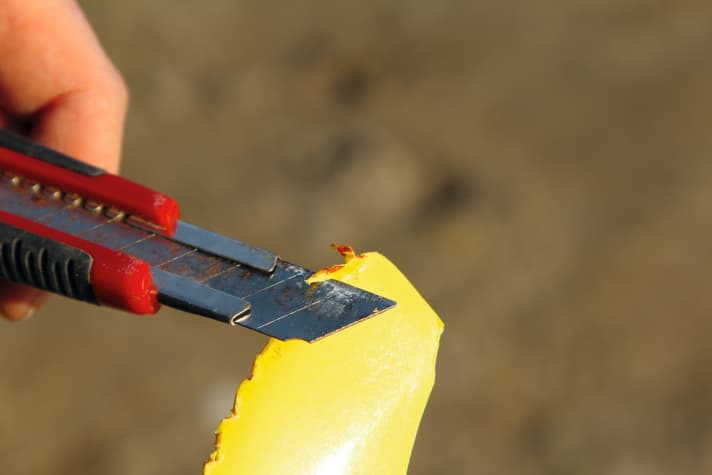
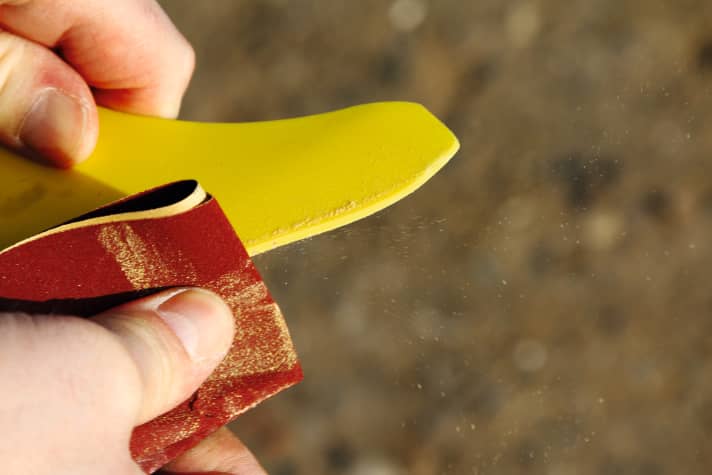
How do you like this article?
You can also find many more workshops on all things material in the print and digital editions of surf. Information about the magazine and subscription at www.delius-klasing.de/surf
